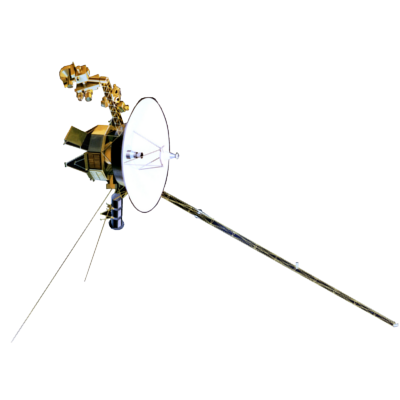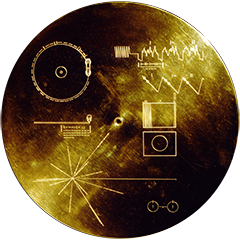VOYAGER
Voyager LECP Data Analysis Handbook
Engineering Design
- Summary of Detector Tests at Teledyne - Isotopes Using the Pioneer F-08 RTG
- OPM Weight and Power Estimate
- High Intensity Detector System for the Study of the Magnetospheres of Outer Planets, by C. Y. Fan
- MJS-77 Science Capability Review on July 29-30, 1975
- MJS77 Requirements for FDS-SE Processing and Display of LECP Related Data During System Test, memo from J. R. Tupman, JPL, to S. M. Krimigis, APL, 18 June, 1975.
- LECP Engineering Handbook online at the Applied Physics Laboratory
Return to Voyager
LECP Data Analysis Handbook Table of Contents.
Return to Fundamental
Technologies Home Page.
Updated 8/9/19, Cameron Crane
VOYAGER 1 ELAPSED TIME
--:--:--:--
Days: Hours:
Minutes: Seconds
*Since official launch
September 5, 1977, 12:56:00:00 UTC
*Since official launch
September 5, 1977, 12:56:00:00 UTC
VOYAGER 2 ELAPSED TIME
--:--:--:--
Days: Hours:
Minutes: Seconds
*Since official launch
August 20, 1977, 14:29:00:00 UTC
*Since official launch
August 20, 1977, 14:29:00:00 UTC
QUICK FACTS
Manufacturer:
Voyagers 1 and 2 were built in the Jet Propulsion
Laboratory in Southern California.
Mission Duration: 40+ years have elapsed for both Voyager 1 and Voyager 2 (both are ongoing).
Destination: Their original destinations were Saturn and Jupiter. Their current destination is interstellar space.
Mission Duration: 40+ years have elapsed for both Voyager 1 and Voyager 2 (both are ongoing).
Destination: Their original destinations were Saturn and Jupiter. Their current destination is interstellar space.



